How To Use An Ice Roller On Your Face
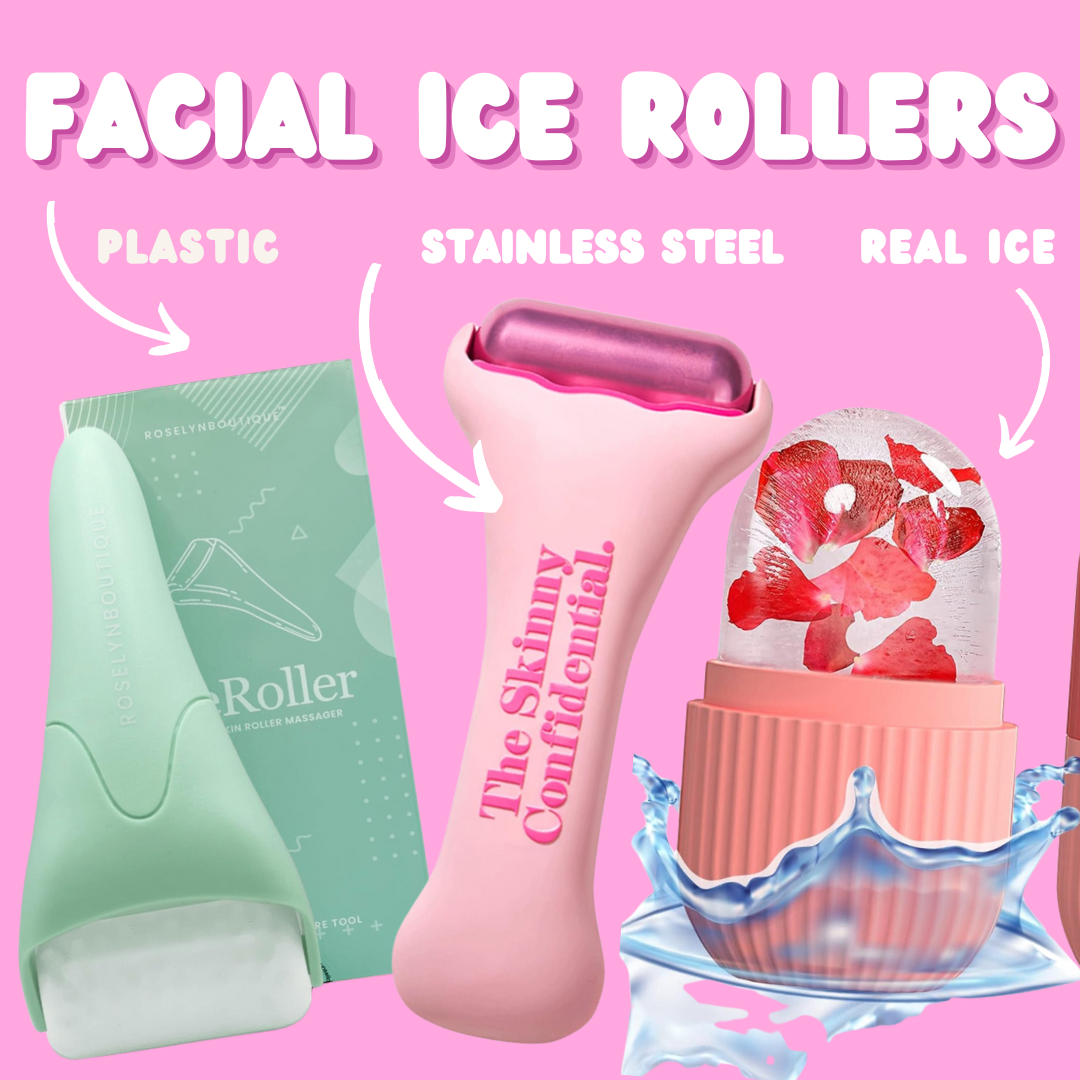
Using an ice roller on your face can be a refreshing and beneficial part of your skincare routine.
- Different types of ice rollers for face
- Ice roller for face benefits
- How long to use an ice roller
- Do you use an ice roller on your face before or after moisturizer?
- How to use an ice roller for lymphatic drainage
- Can facial ice rollers cause acne?
- Benefits of using an ice roller at night
- How to use an ice roller on your face
Different types of ice rollers for face
The type of ice roller you use on your face is entirely up to you. Whether you choose to pick a facial ice roller made out of plastic, real ice, stone (like a gua sha roller), or stainless steel, they will relatively serve the same purpose.
Make sure you leave your ice roller in the freezer for the roller to get cold (or frozen) so you can feel the most amount of coldness and benefit on your face.
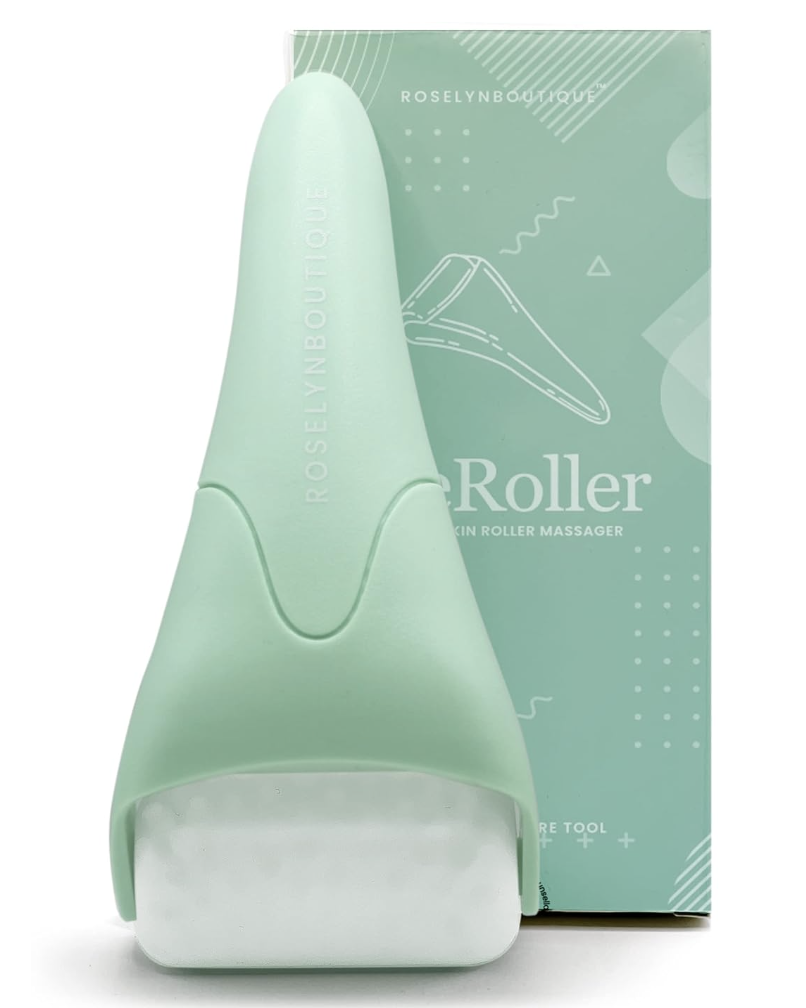
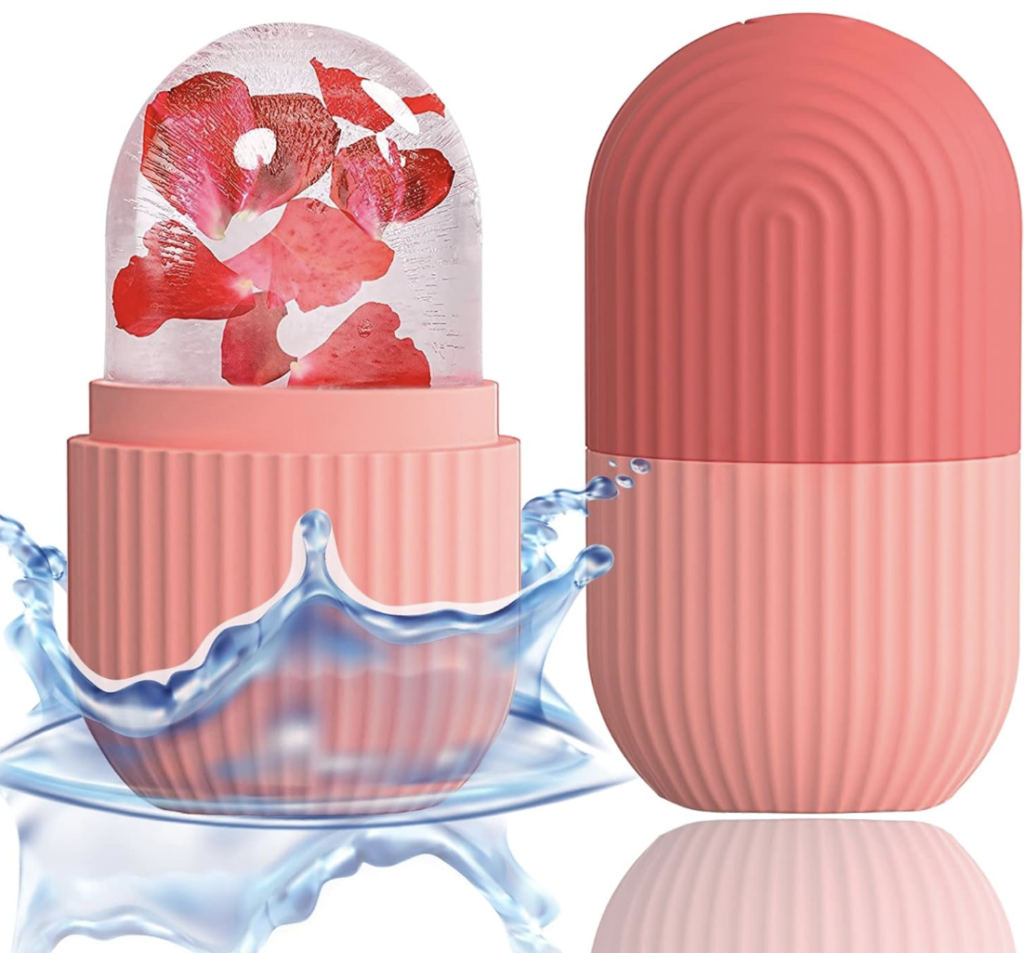
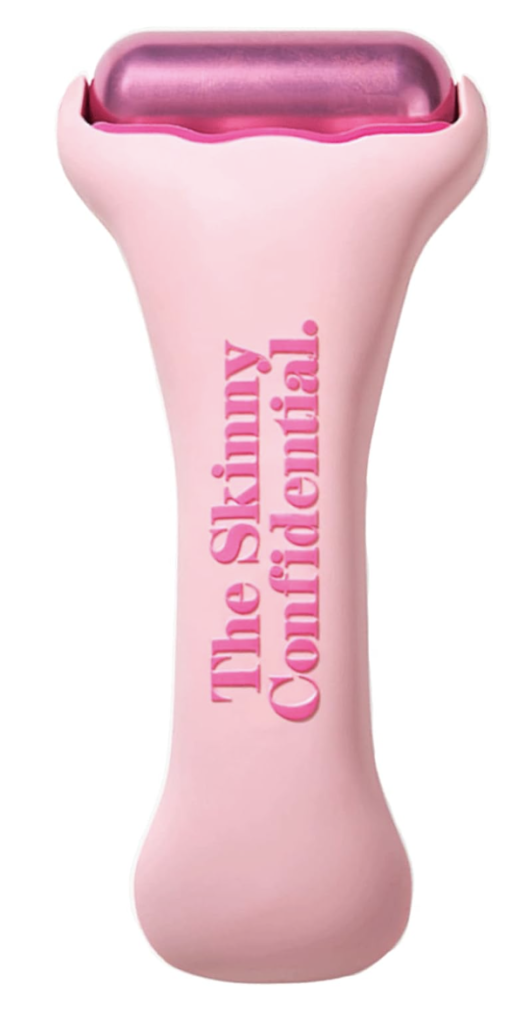
Ice roller for face benefits
Using an ice roller for the face offers various benefits, including reduced inflammation, improved circulation, and enhanced lymphatic drainage.
The cold temperature of the roller helps constrict blood vessels, leading to a temporary tightening effect on the skin and a reduction in puffiness.
The improved blood flow and lymphatic drainage contribute to a more even skin tone, diminished redness, and a revitalized complexion.
Additionally, ice rolling can be soothing and may alleviate muscle tension, making it a popular practice for promoting a refreshed and rejuvenated appearance.
Regular use of an ice roller can be a simple yet effective addition to a skincare routine, providing a quick and invigorating solution for addressing facial swelling and promoting overall skin health.
How long to use an ice roller
The duration of using an ice roller for lymphatic drainage can vary depending on personal preferences and sensitivities. However, a typical session may last a few minutes, or anywhere from 5 to 10 minutes.
It’s important to listen to your skin and pay attention to how it reacts to the cold temperature. If you’re new to ice rolling, you might start with shorter sessions and gradually increase the time as your skin becomes accustomed to the sensation.
Be cautious not to apply excessive pressure or use the roller for an extended period to avoid potential skin irritation or numbness.
Additionally, it’s advisable to wait at least 30 minutes to an hour between sessions to allow your skin to recover. Always be mindful of your skin’s reaction and adjust the duration accordingly.
Do you use an ice roller on your face before or after moisturizer?
It’s generally recommended to use an ice roller before applying moisturizer. The cold temperature of the ice roller helps constrict blood vessels, reduce inflammation, and improve lymphatic drainage.
Using it before applying moisturizer allows the skin to benefit from the refreshing and depuffing effects of the cold roller, creating a smoother surface for subsequent skincare products.
How to use an ice roller for lymphatic drainage
To use an ice roller for lymphatic drainage, first, ensure it’s clean and has been stored in the freezer.
Begin with clean skin, and optionally, apply a hydrating serum or moisturizer.
Starting from the center of your face, near the nose, gently roll the ice roller in outward and upward motions, following the natural contours of your face.
Apply light pressure as you move the roller across your forehead, cheeks, and jawline. Pay extra attention to areas with puffiness or tension.
Continue the rolling motion for 5-10 minutes, avoiding the eye area.
The cold temperature helps constrict blood vessels, reducing inflammation, and promoting lymphatic drainage, which can help alleviate puffiness and improve skin tone.
Afterward, clean the roller and store it back in the freezer for future use.
Can facial ice rollers cause acne?
Facial ice rollers are generally safe and can provide benefits like reducing inflammation and tightening pores.
However, if used too aggressively or for prolonged periods, they may potentially irritate the skin, particularly for those with sensitive or acne-prone skin.
Vigilant hygiene, gentle pressure, and limited duration of use are key to minimizing the risk of irritation or acne development.
It’s advisable to avoid using an ice roller on active acne lesions or open wounds and to follow up with a moisturizer after the session.
Conducting a patch test and consulting with a dermatologist for personalized advice can help ensure that an ice roller is suitable for individual skin conditions and concerns.
Benefits of using an ice roller at night
Ice rolling your face at night can offer several benefits for your skin. Firstly, the cold temperature helps constrict blood vessels, reducing inflammation and puffiness, which can be particularly beneficial after a long day.
The lymphatic drainage stimulation can assist in removing toxins and excess fluid from the face, promoting a more sculpted and rejuvenated appearance.
Ice rolling can also soothe irritated or sensitive skin, providing relief from conditions such as redness or inflammation.
Additionally, the calming effect of the cold roller may contribute to relaxation, potentially aiding in stress reduction, which is crucial for overall skin health.
Incorporating ice rolling into your nighttime skincare routine can be a refreshing and therapeutic way to promote skin wellness, contributing to a revitalized complexion by morning.
Another popular beauty tool for facial ice rolling are ice globes, as seen below!
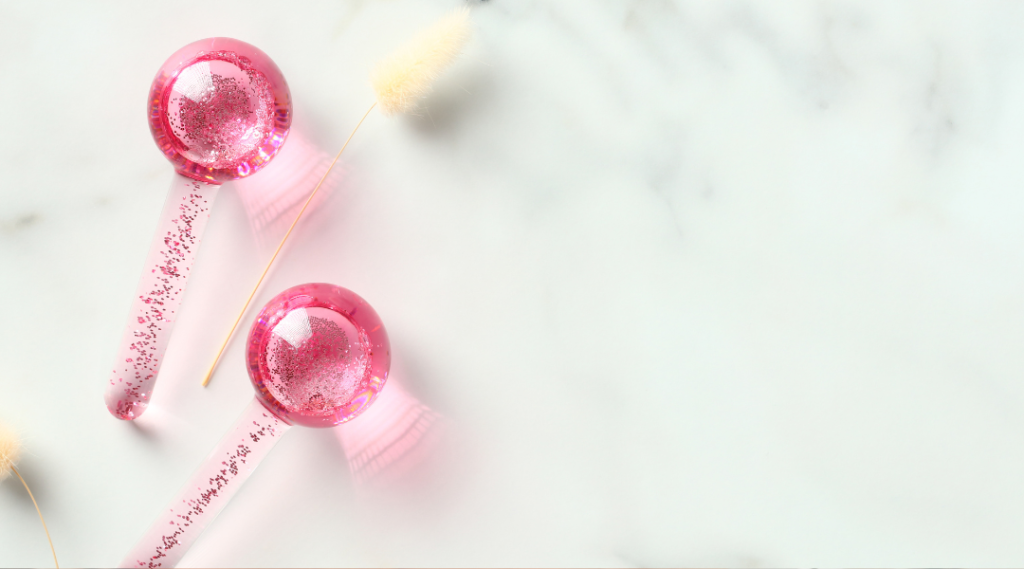
How to use an ice roller on your face
Here’s a step-by-step guide on how to use an ice roller on your face:
1. Cleanse Your Face:
Before using the ice roller, make sure your face is clean. Use a gentle cleanser to remove any makeup, dirt, or impurities from your skin.
2. Prepare the Ice Roller:
Place the ice roller in the freezer for at least a few hours or according to the manufacturer’s instructions. You want it to be adequately chilled but not frozen solid.
3. Remove Excess Moisture:
Pat your face dry with a clean towel to remove excess moisture.
4. Start Rolling:
- Begin at the center of your face and roll outward. You can start at your forehead and move down to your neck.
- Use gentle, upward strokes. Rolling upwards helps lift and tighten the skin.
- Roll in both horizontal and vertical directions to cover all areas of your face.
5. Focus on Specific Areas:
- Spend a bit more time on areas that may be puffier, like under your eyes or around your jawline.
- For under-eye puffiness, you can gently roll from the inner corner of your eye towards the outer corner.
6. Jawline and Neck:
- Roll along your jawline and down your neck to help reduce any tension or swelling.
- Move from the center of your neck outward on both sides.
7. Avoid Sensitive Areas:
- Avoid rolling over open wounds, irritated or broken skin, or active acne.
- Be gentle around the eye area, and avoid direct contact with the eyes.
8. Repeat as Needed:
- You can use the ice roller for 5-10 minutes in the morning or evening, depending on your preference and the time you have available.
- Some people also like to use it as part of their skincare routine after applying serums or moisturizers, as it may enhance absorption.
9. Clean the Ice Roller:
- After each use, clean the ice roller with a mild soap and water.
- Store it in a clean, dry place.
10. Optional: Combine with Skincare Products:
- For an extra refreshing experience, you can apply your favorite serum or moisturizer before using the ice roller. The cold roller can help the products penetrate the skin more effectively.
Tips when using an ice roller on your face:
- Frequency: You can use the ice roller daily or a few times a week, depending on your skin’s tolerance and needs.
- Temperature: If the roller is too cold for your skin, you can wrap it in a thin cloth or use it over a light layer of moisturizer.
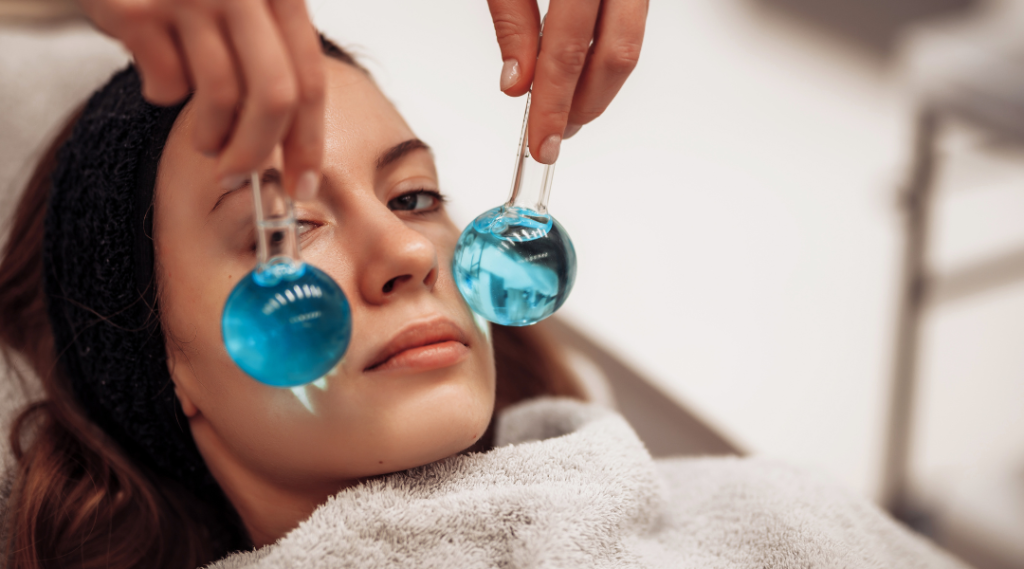
Bottom Line: How To Use An Ice Roller On Your Face
Remember, everyone’s skin is different, so pay attention to how your skin responds, and adjust the frequency and pressure accordingly.
If you have any skin conditions or concerns, it’s always a good idea to consult with a dermatologist before introducing new skincare practices.